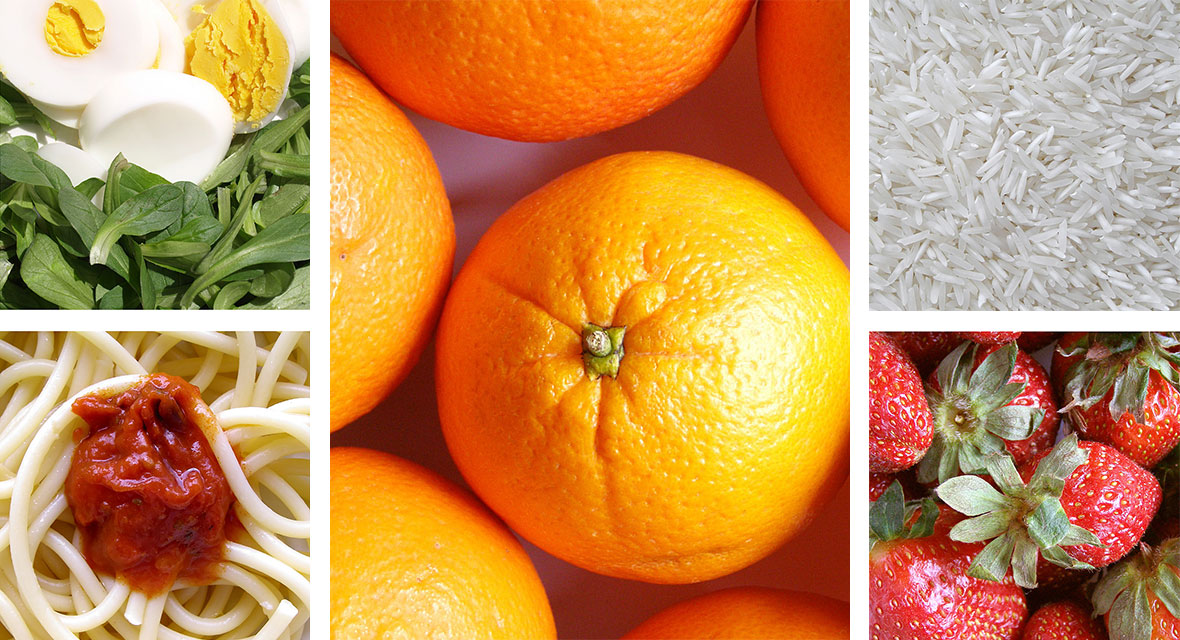Nutritional Recommendations for Best Performance
Did you know that nutrition has an effect on your performance? It is a fact that adequate nutrition gives more energy to the required muscles and aids recovery after training.
Supplying the necessary energy
An intake of food primarily containing glucides is recommended before training. This increases reserves of glucose and glycogen—and therefore the amount of energy—available for muscle contraction, thereby holding off fatigue. This way, you can improve your performance, whether this be during leisure activities, sports competitions or indoor training. The table below gives an indication of the food to consume before physical activity.
| Time before training |
Quantity |
Food groups |
| 1-2 hours |
Less than 250 kcal |
Mainly glucides (fruits) |
| 2-3 hours |
250-500 kcal |
Glucides and proteins (rice, pasta) |
| 3-4 hours |
500-800 kcal |
Normal meal (glucides, proteins and lipids) |
Post-training protein synthesis
At the end of a physical activity or a training session, you normally feel microscopic tears (muscle pain). To aid protein synthesis and reconstruction, a primarily protein-based post-training food intake is essential. Protein absorption results in reducing the recovery period. Moreover, proteins aid muscle development. The addition of glucides to complement the protein also allows the glycogen reserves to return to normal.
| Time after training |
Food groups |
| Less than 30 minutes after |
Dairy products, meats and substitutes (chicken, fish, cooked
soya beans) |
| 1-3 hours after |
Meats and substitutes combined with cereals (pasta in
sauce with meat) Meats and substitutes combined
with cereals (pasta in sauce with meat) |
Nutrition plays a major role in achieving your training objectives. To find out more, consult the Canadian Food Guide, an excellent point of reference for a healthy and balanced diet. Remember that as a basis, Health Canada recommends dividing up your daily individual calorie intake as follows: from 50% to 60% in glucides, from 20% to 30% in proteins and from 20% to 30% in lipids.
Enjoy your training!
Source : DUBOST, Mireille et William L. SCHEIDER. La nutrition, 2e édition, Chenelière/McGraw-Hill, 2000












